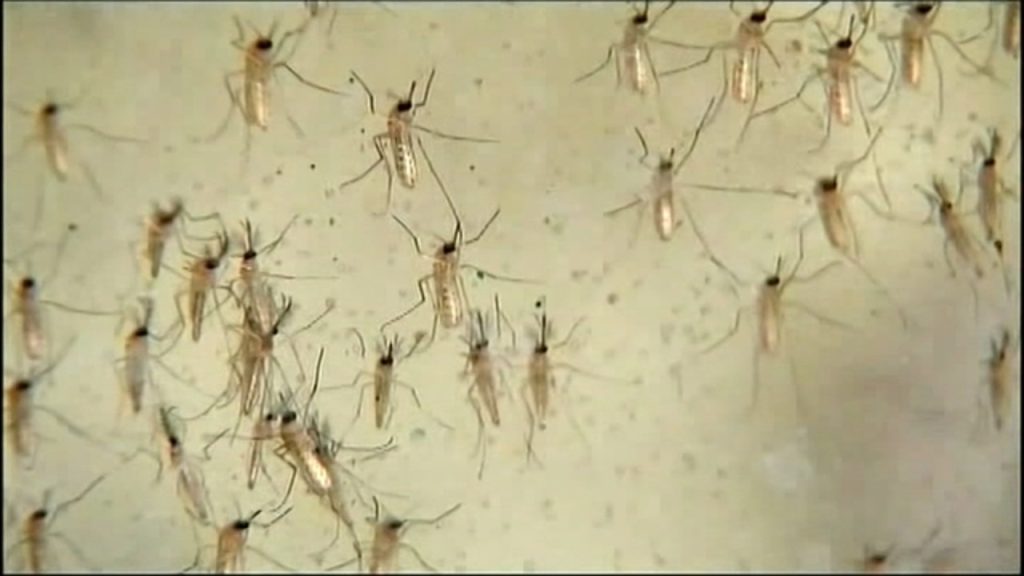West Nile Virus death reported in Contra Costa County
West Nile virus has been reported in two heavily populated Bay Area counties, with one county reporting a West Nile virus death last week.
West Nile virus has been reported in two heavily populated Bay Area counties, with one county reporting a West Nile virus death last week.
Contra Costa County, historically a breeding ground for mosquitoes and deemed uninhabitable a century ago, reported its first West Nile virus death in 18 years just over a week ago.
The victim, whose name has not been released, died on July 18.
“People over 60, 65 years of age tend to experience more severe illness. Also, people who have other chronic illnesses like diabetes, lung disease, heart disease, people who may have weakened immune systems tend to experience more severe illness,” said Dr. Meera Sreenivasan with the Contra Costa Health Department.
The Contra Costa Mosquito and Vector Control District also reported finding the virus in one dead bird and in a surveillance flock of chickens in East County.
“We learned this week that five of six chickens in our chicken coop at Oakley have tested positive for West Nile virus,” said Nora Woods, Contra Costa Vector Control public information officer.
Mosquitoes can transmit a variety of diseases, including the West Nile virus, which first appeared in the United States in 1999, and the Zika virus in 2016.
“West Nile virus is the disease we’re most focused on preventing as far as humans are concerned,” Woods said.
The most effective way to control mosquitoes is to kill them while they are developing in the water. Once airborne, they are not only a pest, but can also carry disease.
West Nile virus can be a hazard to human health, with symptoms including fever, headache, vomiting and rash.
Santa Clara County reports that mosquitoes carrying the virus have been confirmed to have been found in five ZIP codes in the county, all of which are connected to the north San Jose and Alum Rock areas.
Vector control will involve the use of truckloads of pesticides on July 29 and August 1 from 10pm to 2am.
“But the vast majority of people don’t get sick – they get bitten by mosquitoes and don’t realise they’re infected,” Dr Sreenivasan said.
According to the US Centers for Disease Control and Prevention, only 1 in 5 infected people will develop symptoms such as fever, and only 1 in 150 infected people will develop severe illness and even death.


